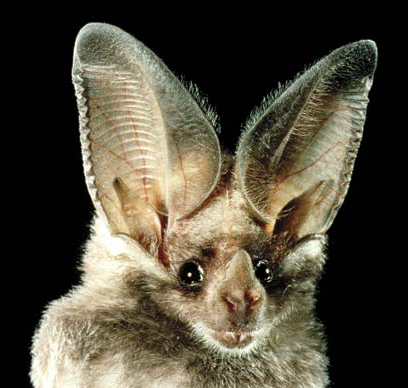Efforts slow species decline
 A new database shows Australia’s threatened mammal numbers have declined by more than a third since the 1990s.
A new database shows Australia’s threatened mammal numbers have declined by more than a third since the 1990s.
The Threatened Mammal Index is compiled from over 400,000 individual surveys to map population trends for 57 of Australia's threatened or near-threatened terrestrial and marine mammal species.
The database was produced over the course of four years by the Threatened Species Hub in collaboration with government and non-government stakeholders.
It shows that animals such as koalas and quolls, some native rodents and wallabies are among those seeing significant reductions in their populations.
Populations declined by more than a third on average over the 20-year period.
However, the data also suggests targeted conservation efforts are working.
John Woinarski from Charles Darwin University - a member of the Threatened Species Recovery Hub - said he was not surprised to see the extent of the decline.
“We feared that was the case. Mammals have proven really susceptible to a whole range of factors. We've lost 34 species of native mammal already,” Professor Woinarski told the ABC.
“Feral cats and foxes are a major factor...and certainly habitat loss is another one.”
Elisa Bayraktarov from the University of Queensland, who led the project, says the positive message is that conservation efforts are working.
Targeted conservations efforts — such as cat and fox-exclusion fences — have allowed threatened animal populations to increase by an average of nearly 46 per cent over 20 years.
“We get really fantastic results where mammals have been monitored at...so called 'safe-haven' places like islands and fenced areas,” Dr Bayraktarov said.
“The key message...is that if you invest in conservation management it can pay off.”








 Print
Print